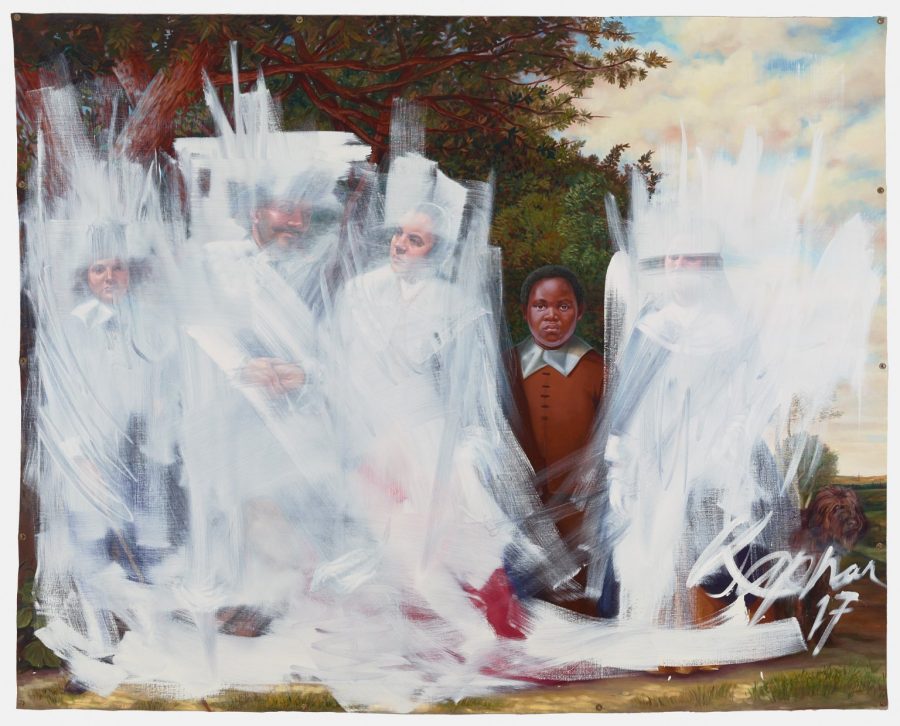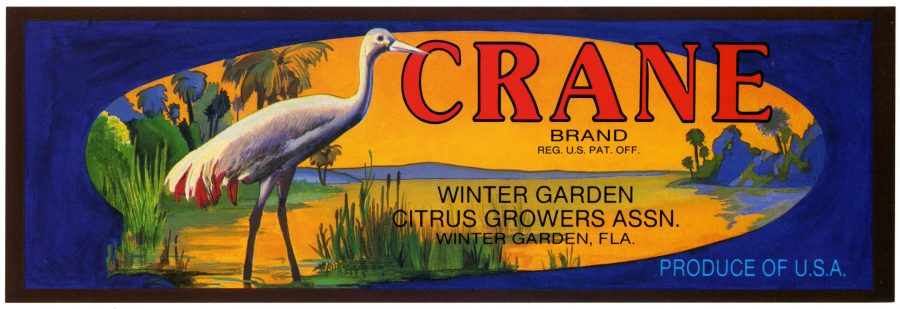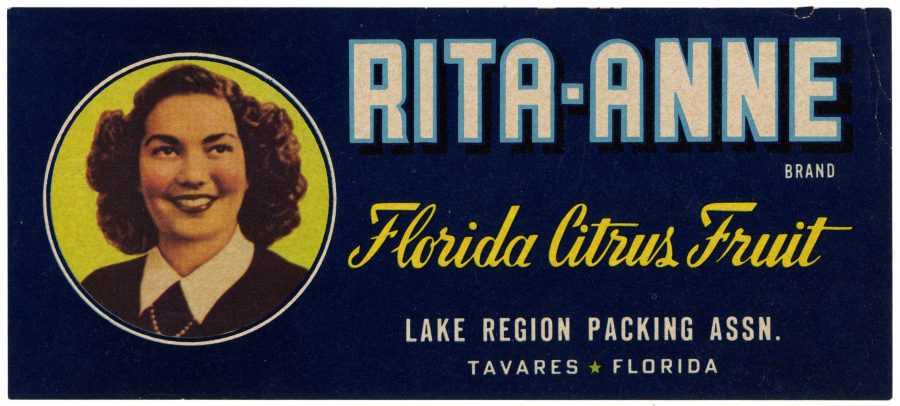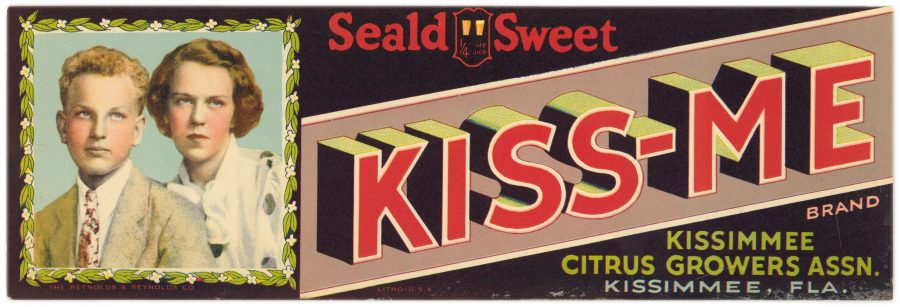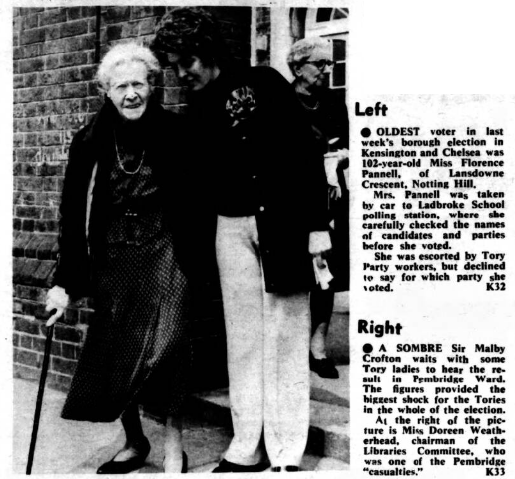Fifteen years ago, a young construction worker named Andrew Price went in search of free 3d software to help him achieve his goal of rendering a 3D car.
He stumbled onto Blender, a just-the-ticket open source software that helps users with every aspect of 3D creation—modeling, rigging, animation, simulation, rendering, compositing, and motion tracking.
Price describes his early learning style as “playing it by ear,” sampling tutorials, some of which he couldn’t be bothered to complete.
Desire for freelance gigs led him to forge a new identity, that of a Blender Guru, whose tutorials, podcasts, and articles would help other new users get the hang of the software.
But it wasn’t declaring himself an expert that ultimately improved his artistic skills. It was holding his own feet over the fire by placing a bet with his younger cousin, who stood to gain $1000 if Price failed to rack up 1,000 “likes” by posting 2D drawings to ArtStation within a 6‑month period.
(If he succeeded—which he did, 3 days before his self-imposed deadline—his cousin owed him nothing. Loss aversion proved to be a more powerful motivator than any carrot on a stick…)
In order to snag the requisite likes, Price found that he needed to revise some habits and commit to a more robust daily practice, a journey he detailed in a presentation at the 2016 Blender Conference.
Price confesses that the challenge taught him much about drawing and painting, but even more about having an effective artistic practice. His seven rules apply to any number of creative forms:
Andrew Price’s Rules for an Effective Artist Practice:
- Practice Daily
A number of prolific artists have subscribed to this belief over the years, including novelist (and mother!) JK Rowling, comedian Jerry Seinfeld, autobiographical performer Mike Birbligia, and memoirist David Sedaris.
If you feel too fried to uphold your end of the bargain, pretend to go easy on yourself with a little trick Price picked up from music producer Rick Rubin: Do the absolute minimum. You’ll likely find that performing the minimum positions you to do much more than that. Your resistance is not so much to the doing as it is to the embarking.
- Quantity over Perfectionism Masquerading as Quality
This harkens back to Rule Number One. Who are we to say which of our works will be judged worthy. Just keep putting it out there—remember it’s all practice, and law of averages favors those whose output is, like Picasso’s, prodigious. Don’t stand in the way of progress by splitting a single work’s endless hairs.
- Steal Without Ripping Off
Immerse yourself in the creative brilliance of those you admire. Then profit off your own improved efforts, a practice advocated by the likes of musician David Bowie, computer visionary Steve Jobs, and artist/social commentator Banksy.
- Educate Yourself
As a stand-alone, that old chestnut about practice making perfect is not sufficient to the task. Whether you seek out online tutorials, as Price did, enroll in a class, or designate a mentor, a conscientious commitment to study your craft will help you to better master it.
- Give yourself a break
Banging your head against the wall is not good for your brain. Price celebrates author Stephen King’s practice of giving the first draft of a new novel six weeks to marinate. Your break may be shorter. Three days may be ample to juice you up creatively. Just make sure it’s in your calendar to get back to it.
- Seek Feedback
Filmmaker Taika Waititi, rapper Kanye West, and the big gorillas at Pixar are not threatened by others’ opinions. Seek them out. You may learn something.
- Create What You Want To
Passion projects are the key to creative longevity and pleasurable process. Don’t cater to a fickle public, or the shifting sands of fashion. Pursue the sorts of things that interest you.
Implicit in Price’s seven commandments is the notion that something may have to budge—your nightly cocktails, the number of hours spent on social media, that extra half hour in bed after the alarm goes off… Don’t neglect your familial or civic obligations, but neither should you shortchange your art. Life’s too short.
Read the transcript of Andrew Price’s Blender Conference presentation here.
Related Content:
The Daily Habits of Famous Writers: Franz Kafka, Haruki Murakami, Stephen King & More
The Daily Habits of Highly Productive Philosophers: Nietzsche, Marx & Immanuel Kant
Ayun Halliday is an author, illustrator, theater maker and Chief Primatologist of the East Village Inky zine. Join her in NYC on Monday, December 9 when her monthly book-based variety show, Necromancers of the Public Domain celebrates Dennison’s Christmas Book (1921). Follow her @AyunHalliday.


